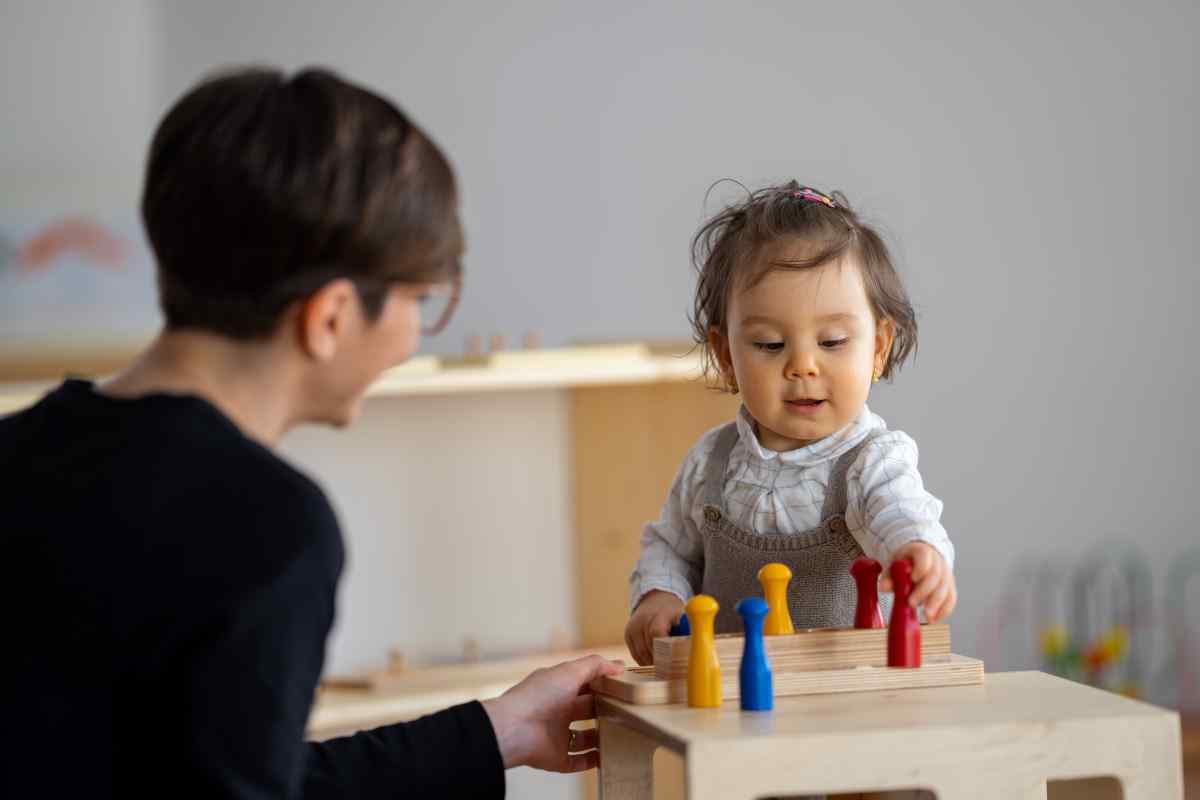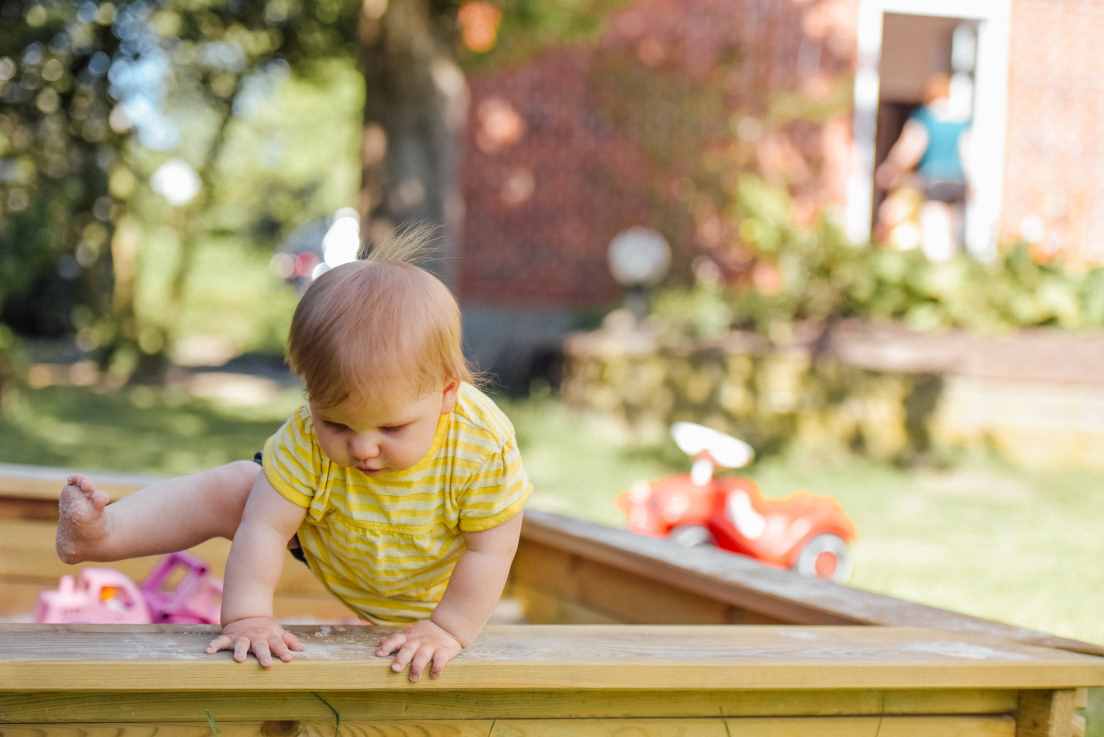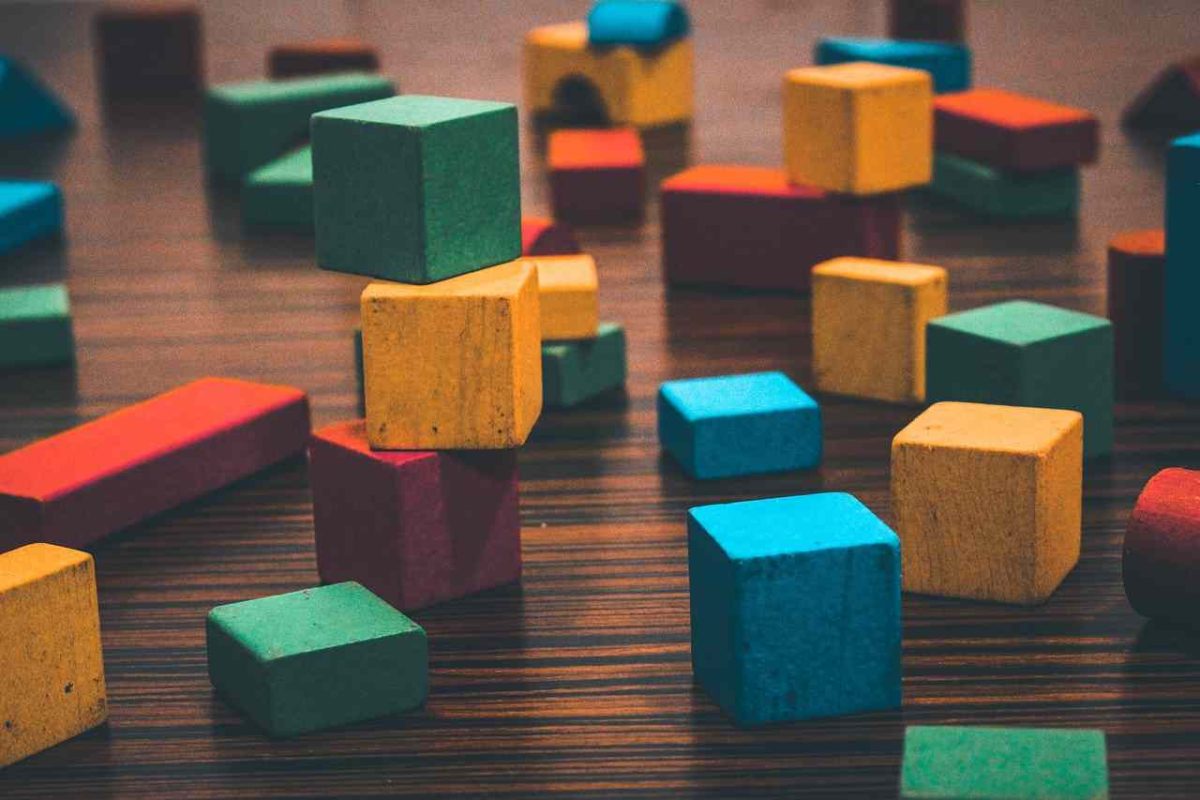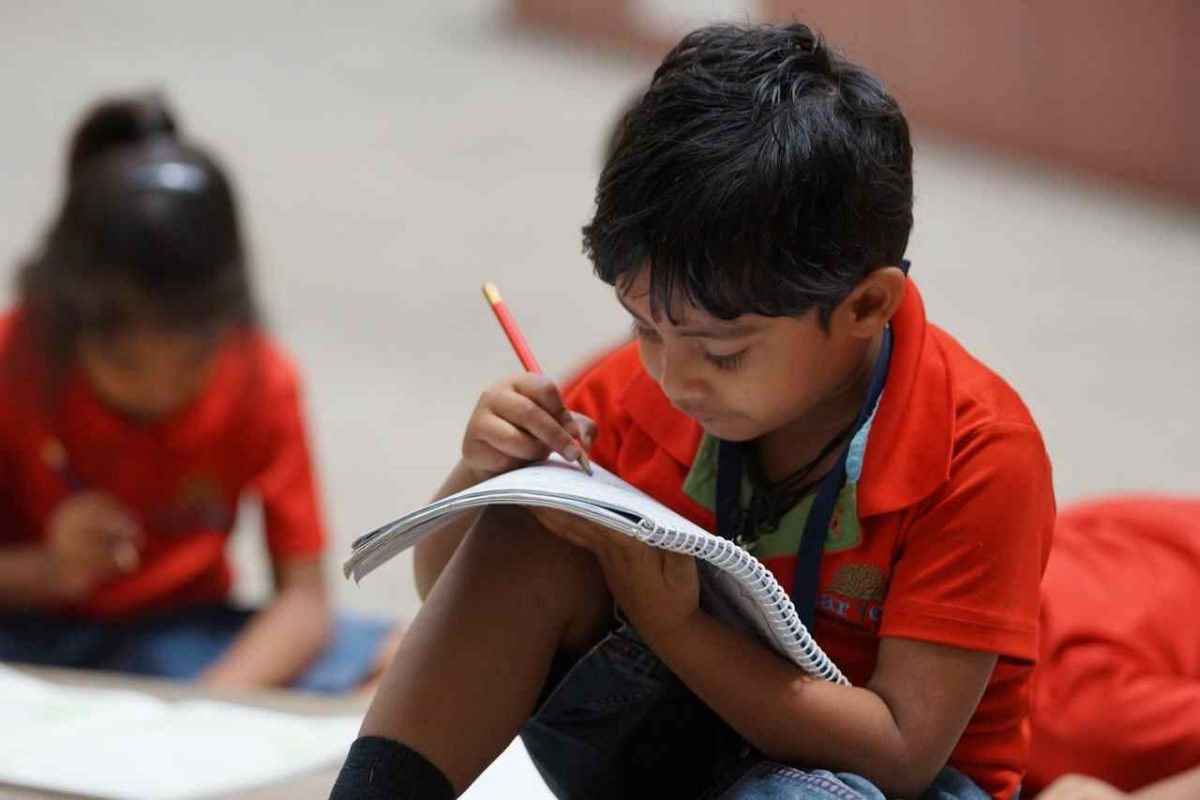Uncategorized
Unveiling Montessori Principles: Unlocking a World of Learning
For over 100 years, Montessori education has offered an innovative approach to fostering children’s natural desire to learn. Originating from the visionary work of Dr. Maria Montessori, this educational philosophy is built on core principles that aim to support the child’s holistic development.
In this article, we will explore the fundamental Montessori principles that form the foundation of this unique learning method. Understanding these key concepts can provide valuable insight into how Montessori unlocks the world for children, allowing their inner potential to unfold.
Table of Contents
The Pioneering Vision of Maria Montessori
Maria Montessori was an Italian physician, educator, and humanitarian who pioneered the Montessori method of education in the early 20th century. As one of the first female physicians in Italy, she initially worked with children with disabilities and soon realized their immense capacity to learn.
Through her observations and work with children, Dr. Montessori discovered that kids have an innate desire to learn and that this process occurs naturally through meaningful activities, especially when children are given the freedom to explore their interests. She emphasized respect for the child’s individuality and the need to nurture their social, emotional, cognitive, and physical development together.
These revolutionary ideas formed the foundation of the Montessori philosophy that education should be child-centered rather than teacher-led. Montessori education aims to unleash the child’s natural curiosity and love of learning by creating nurturing environments where they can reach their full potential.
The Core Montessori Principles
Several key principles guide Montessori education and set it apart from traditional schooling methods:
Respect for the Child
Montessori classrooms operate with great respect for each child’s individuality. Teachers recognize that each child learns in their own unique way and adapts the environment to meet their needs. Children progress at their own developmental pace rather than following rigid curriculums.
The Prepared Environment
Children thrive in a thoughtfully prepared environment filled with developmentally appropriate Montessori materials. These sensorial learning tools are designed to be visually appealing, hands-on, and self-correcting to foster independence. The environment promotes freedom within limits.
Freedom Within Limits
Montessori learning environments allow children to make choices independently by providing clearly defined limits and ground rules. This freedom within limits enables self-discipline, problem-solving, and intrinsic motivation to learn.
Self-Directed Learning
Self-directed learning is central to Montessori education. Children choose activities that interest them and work at their own pace with minimal adult intervention. This facilitates intrinsic motivation, active engagement, and joy in learning.
The Montessori Teacher
Montessori teachers play a nuanced role. They meticulously prepare the environment, observe each child closely, and offer guidance. But children largely direct their own learning, while teachers refrain from unnecessary interference.
These core principles work together to support self-motivated learning and create capable, confident, and compassionate individuals.

Montessori Materials: Gateways to Learning
Special learning materials are a hallmark of Montessori classrooms. Dr. Montessori’s designs for over 600 Montessori materials span areas like sensorial exploration, math, language, science, geography, music, and culture.
These materials share key characteristics:
- They isolate specific skills or concepts to focus learning.
- They engage multiple senses with hands-on manipulation.
- They contain inbuilt “control of error” to provide instant feedback.
- They progress gradually from simple to complex.
For example, colored beads attached to bars introduce early math concepts like counting, numerical order, and place value. Sandpaper letters allow children to trace and say phonetic sounds, scaffolding reading and writing. Materials are aesthetically arranged on open shelves so children can access them independently.
Rather than toys, Montessori materials are sequential learning tools aligned to the developmental needs and interests of children across different planes of growth. Working with these multisensory materials fosters concentration, coordination, problem-solving, and intrinsic motivation to learn.
The Montessori Curriculum: A Developmental Approach
The Montessori curriculum covers a broad range of academic and developmental areas:
Practical Life
Activities like sweeping, tying shoes, cutting vegetables, pouring water, and scrubbing tables build fine motor skills, coordination, independence, and concentration.
Sensorial
Hands-on materials for activities like sorting, grading, matching, and sequencing refine sensory perception and discrimination between physical qualities.
Mathematics
Concrete mathematics materials provide a tactile understanding of essential math concepts from counting through decimals, fractions, and even algebra and geometry.
Language
Montessori language development uses tactile materials like sandpaper letters, moveable alphabets, word building activities, and phonetics games. Children are immersed in rich language environments with books, songs, and oral storytelling.
Cultural Subjects
Areas like history, geography, biology, music, and arts are explored through timelines, puzzles, specimens, books, and songs to offer a holistic cultural education.
Rather than sticking to rigid grade levels, lessons follow the child’s developmental readiness and interests. This holistic approach nurtures academic learning along with social, emotional, and life skills.
Creating the Prepared Montessori Environment
The prepared environment is the teacher’s first role. Montessori classrooms are thoughtfully designed to facilitate student’s self-directed learning by being:
Organized – Materials have designated places, accessible to children. Order allows independence.
Child-sized – Furniture and activities are designed for a child’s physical proportions.
Hands-on – The environment is designed for active tactile learning and discovery.
Minimally stimulating – Simple, muted decor helps avoid overstimulation or distraction.
Full of choices – A variety of developmentally appropriate activities cater to diverse interests.
Conducive to movement – Open spaces allow children to move freely to choose activities.
Beautiful and nature-oriented – Plants, animals, and natural elements cultivate appreciation for nature.
Parents wanting to implement Montessori at home should similarly create a prepared, child-centered environment tailored to the child’s developmental stage. This facilitates learning, exploration, and independence.

Freedom Within Limits: A Careful Balance
The Montessori approach gives children considerable freedom of choice and movement within thoughtfully defined limits and ground rules. This freedom within limits fosters several desirable traits:
- Independence: Children choose activities based on their interests and work at their own pace.
- Responsibility: As children work independently, they learn to take responsibility for completing activities neatly and returning them properly.
- Self-discipline: The classroom limits guide positive behavior and cultivate self-discipline.
- Respect: Ground rules about respecting each other and the environment teach care for community.
- Problem-solving: Within set boundaries, children solve problems creatively to complete challenging tasks.
However, freedom also requires clear limits to avoid chaos. Montessori teachers are careful to maintain this delicate balance between liberty and discipline. This nurtures children who are independent, responsible, and prosocial learners.
The Montessori Teacher: Guide and Observer
Montessori educators play a very different role than traditional teachers. Rather than lecturing students, they:
- Meticulously prepare the learning environment.
- Provide brief initial lessons on how to use materials.
- Observe students closely as they work to identify needs and interests.
- Give individual remedial lessons when required.
- Serve as role models and maintain classroom order.
- Support each child’s unique learning path within the cultural environment.
Montessori training programs emphasize child psychology, observation techniques, and preparing developmentally appropriate learning activities. Diplomas require a year-long apprenticeship under a seasoned teacher. Ongoing professional development ensures teachers master their nuanced role in guiding independent learning rather than teaching directly.
Montessori Principles in Practice
The Montessori method has been successfully implemented across thousands of schools and in home environments worldwide. Some studies indicate Montessori children may be better prepared for later education. Here are a few real-world examples:
Case Study 1: Montessori Kindergarten Classroom
In Ms. Ellis’ classroom, children independently select activities from neatly arranged shelves holding math manipulatives, art supplies, sandpaper letters, and practical life activities. Five-year-old Tyler works intently on a bead sequencing activity while Lucy has chosen to trace sandpaper consonants. Ms. Ellis sits nearby taking observational notes on each child’s progress to customize follow-up lessons later. The environment hums with focused activity and minimal teacher intervention.
Montessori at Home: A Parent’s Experience
When we felt our rambunctious preschooler needed more independence, we brought Montessori home. Clearing clutter, lowering shelves, and adding learning materials transformed our environment. Our daughter now chooses between practical life activities, art projects, and sensorial materials displayed on low shelves. Without top-down instruction, I’ve seen her attention span and independence blossom as she engages purposefully with activities she selects herself!
Montessori Alum Feedback
“I was hesitant about Montessori education, but my children have loved the independence and hands-on learning. Now in third grade, my son still benefits from the early skills instilled by Montessori – focus, self-reliance, time management, and problem-solving.”
These real-world examples illustrate Montessori principles in action. Children thrive in learner-centered environments that foster independence and harness their intrinsic motivation to learn.
Bringing Montessori Home
Maria Montessori’s innovative vision pioneered an educational approach centered on the developmental needs of each child. Core principles like respect, independence, freedom within limits, and prepared environments still underpin Montessori classrooms worldwide today.
Understanding these key Montessori concepts can provide parents and educators fresh perspective on nurturing self-directed learning, competence, and discipline. While formal certification offers the most comprehensive training, Montessori elements can be incorporated at home or school to reveal children’s tremendous inborn abilities and eagerness to explore their worlds.
Over a century after its inception, Montessori education continues to offer essential insights into the long-term welfare of our children, who represent the future of humanity. By unlocking children’s potential to flourish, Montessori principles remind us to respect the child – and the wondrous spirit of learning innate in us all.

FAQs
What are the core Montessori principles?
The key Montessori principles include respect for the child, the prepared environment, freedom within limits, self-directed learning, and the Montessori teacher as guide. Montessori emphasizes customized, child-centered learning rather than a rigid curriculum.
How do Montessori principles differ from traditional education methods?
Montessori allows children greater independence, freedom of choice, ability to work at their own pace, and access to hands-on materials. Traditional methods tend to rely more on direct instruction with set lesson plans and timeframes.
What age groups do Montessori principles apply to?
Montessori principles have been adapted for infants through high school. However, they are most commonly implemented for preschool through elementary aged children when self-direction is highly valuable.
Are Montessori principles evidence-based?
Yes, studies show Montessori children often excel on assessments of reading, math, critical thinking, and social skills. Neuroscience research also supports Montessori’s approach tailored to stages of child development.
How can parents incorporate Montessori principles at home?
Parents can foster independence by giving children choices, creating child-friendly play spaces, providing open-ended activities, resisting over-direction, and focusing on intrinsic versus extrinsic rewards.
References
https://montessoriacademy.com.au/montessori-education/principles-of-montessori-education/
https://amshq.org/About-Montessori/What-Is-Montessori/Core-Components-of-Montessori
https://www.montessorimallorca.org/montessori-seven-principles/
https://www.pcmschool.com/the-montessori-principles
https://theglobalmontessorinetwork.org/12-select-principles-of-montessori-education/
https://www.mcssb.org/10-principles-of-montessori-education

